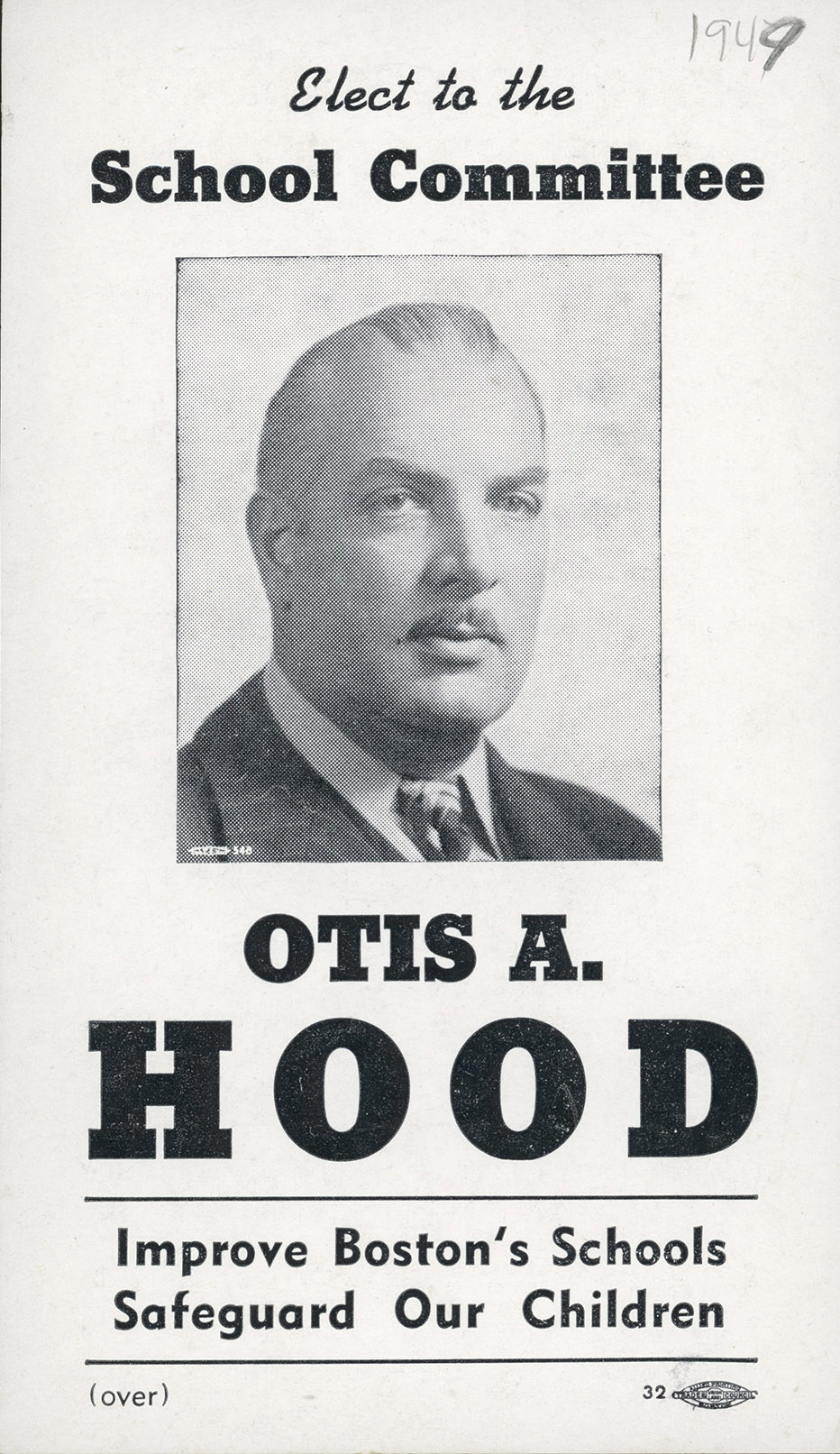Holyoke Consumer Health Library Records
Funded by a grants from the National Library of Medicine and other agencies, the Holyoke Consumer Health Library was a freely-available community resource that provided the general public with access to reliable health information. With the goal of enabling citizens to make informed decisions about their health needs, the Library collaborated with six community partners (the Holyoke Public Library, Holyoke Health Center, Mercy Women’s Health Center, Girls Incorporated of Holyoke, and the Holyoke Council on Aging), training the staff at each site to use the available resources and to conduct outreach to potential clients.
The HCHL collection contains organizational records from an experiment in health information equity in the earliest years of the internet, including planning documents, grant applications, and promotional materials.


